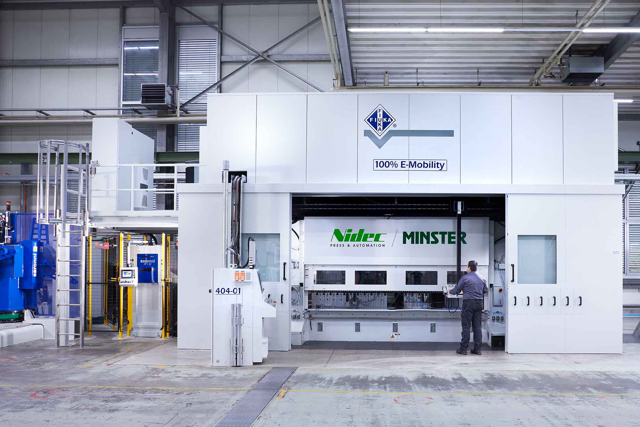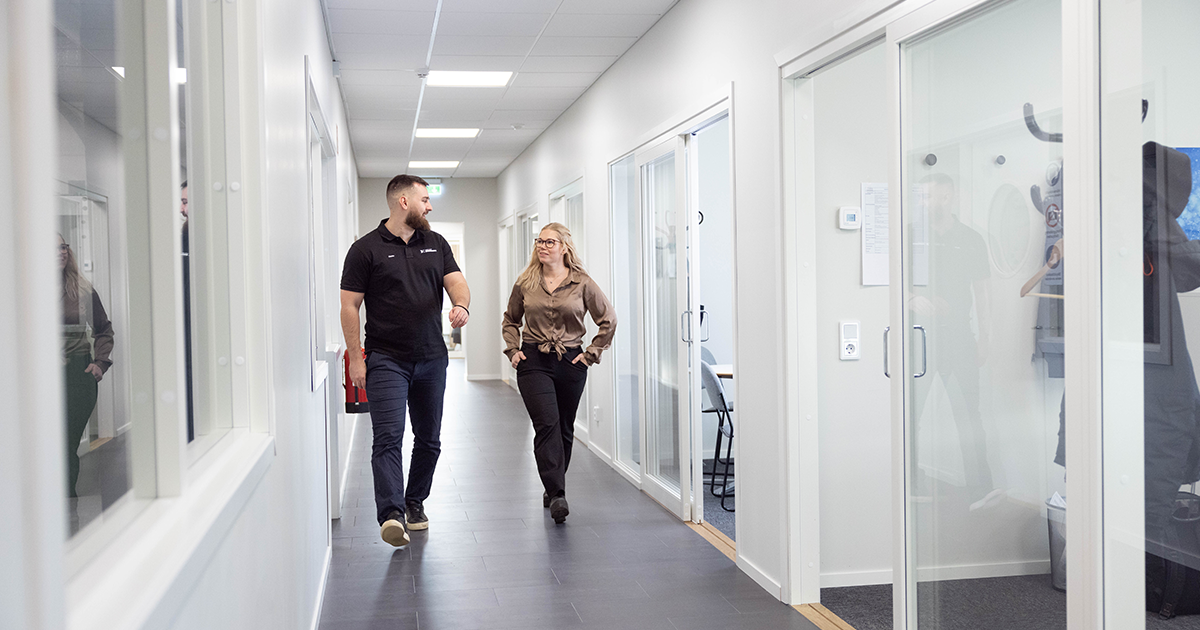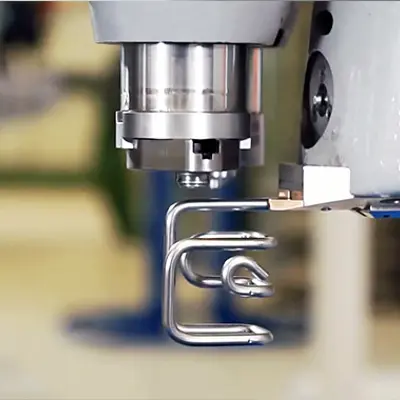
Your partner in the production of tomorrow
We offer a wide range of services, from customized solutions and standard machines from well-known partners to spare parts, prototypes and machine components. Always with good support and service both during and after the purchase
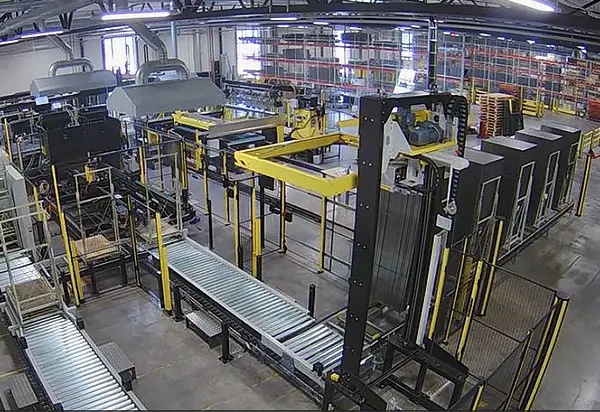
Axelents new production line X-line 5
We have taken a deep dive into one of our major projects together with Axelent, which will be fully completed in the autumn of 2023. It is a completely new production line – X-line 5, which with increased productivity, robustness and smooth navigation takes Axelent into the next stage of their development journey for even more safe workplaces worldwide
Machinery and Automation
For us at Axelent Engineering, automation is about one thing: creating profitable flows. Both in terms of hardware (machines, robots and other equipment) but also through software and work methods. Our focus on profitability combined with over forty years of experience in designing and manufacturing specialized machinery has made us a leading knowledge company in Sweden.
Special machinery
Both complete machine lines and smaller subsystems are part of our offer
Machine safety
We work on impact assessment, risk assessment and support for CE marking
Automation solutions
We work with the leading brands in PLC, robotics and vision technology
Standard machinery
We help you develop a service and maintenance plan for your machinery
Machine Service
As a developer and manufacturer of special machines with peripheral equipment, Axelent Engineering has deep and broad expertise in machine service and support. Without exaggerating, we know our machines from the inside out.
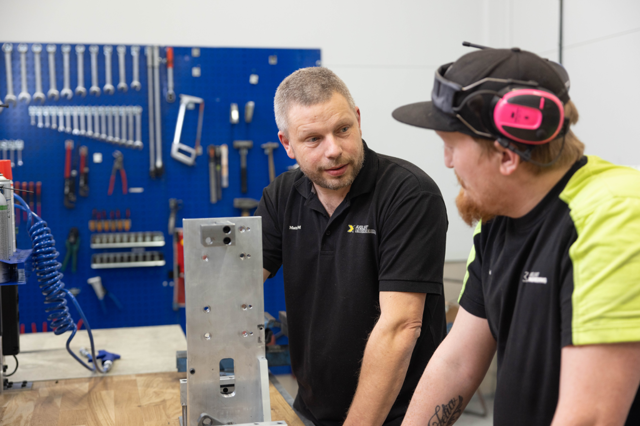
Manufacturing
Since we are fundamentally mechanical engineers, our knowledge of manufacturing details and prototypes is well grounded in practical experience.
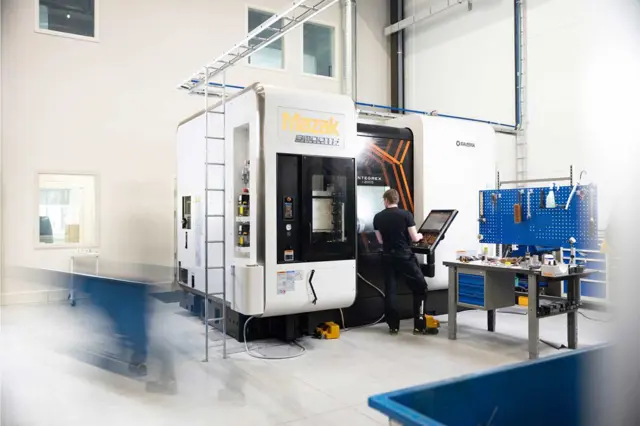
Standard Machinery
We have the privilege to be a dealer of machines from our partners Jean-Perrot, Bihler, Nidec-Minster and Numalliance and represent these brands in Scandinavia.
